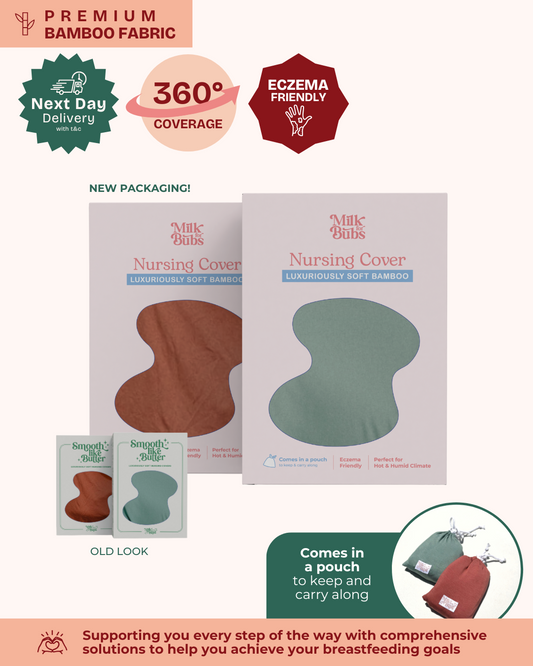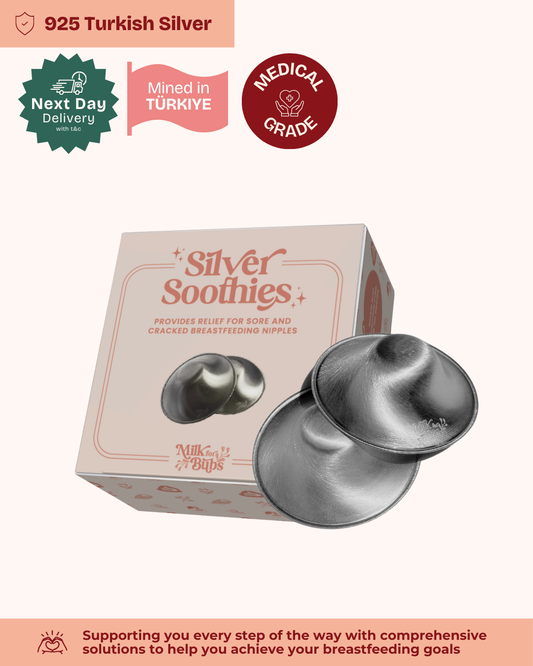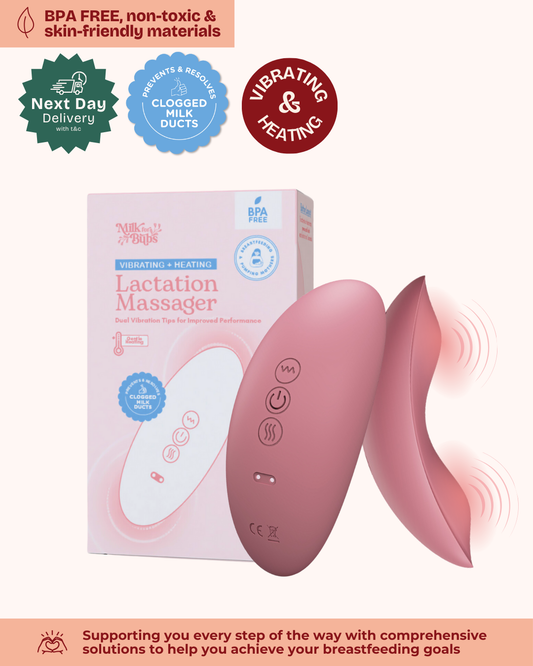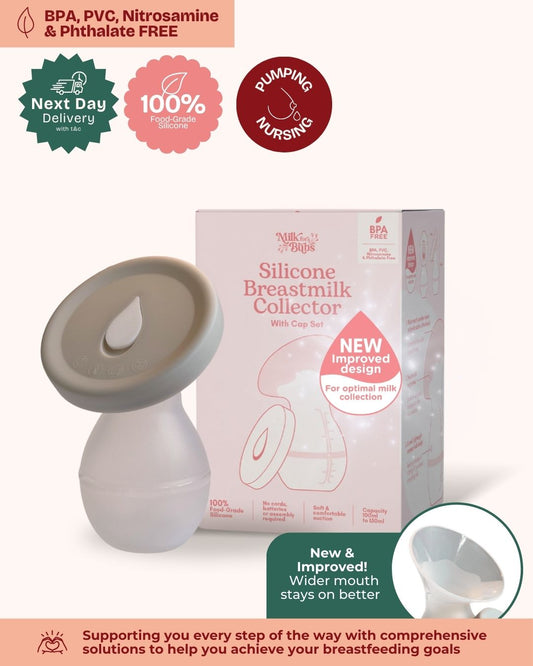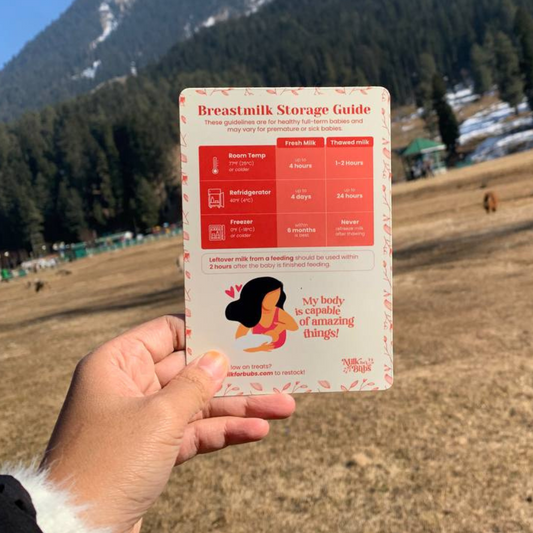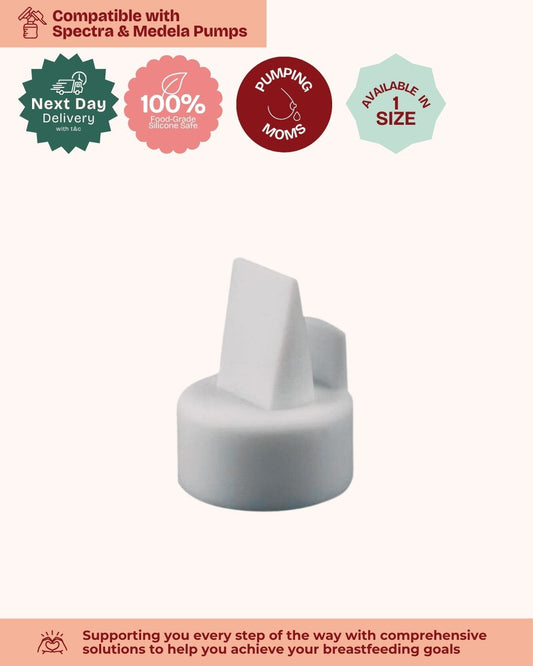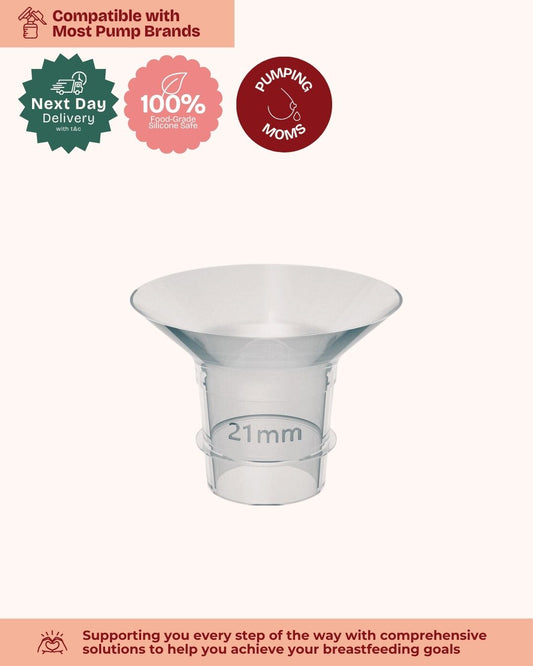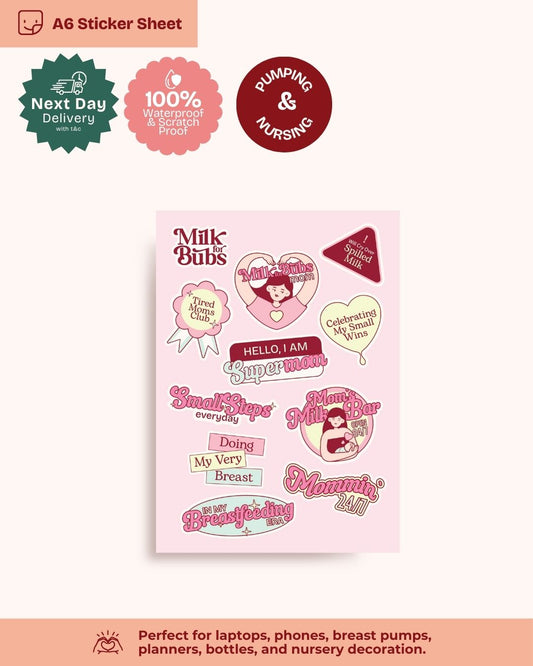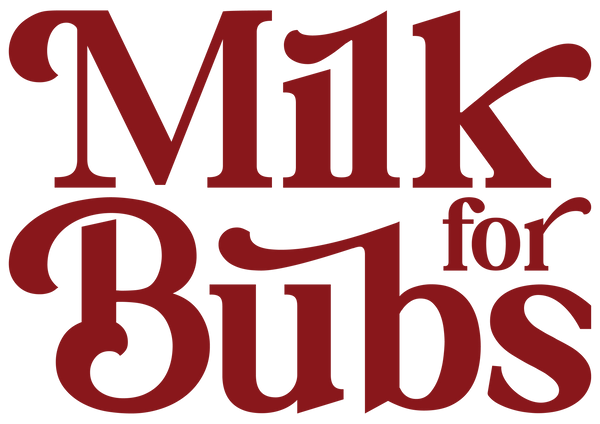Breastfeeding is a beautiful and natural way to nourish your baby, but it can also present challenges for new moms. From latching issues to nipple pain, many mothers encounter obstacles along their breastfeeding journey. In this comprehensive guide, we'll explore five common breastfeeding challenges and provide expert tips to help new moms overcome them, ensuring a positive and successful breastfeeding experience.
1.Latching Difficulties

One of the most common challenges new moms face is latching difficulties, where the baby struggles to properly attach to the breast. To overcome this challenge:
- Ensure proper positioning: Position your baby so that their nose is level with your nipple, and their mouth is wide open before latching.
- Offer support: Use your hand to support your breast and guide your baby's mouth onto the nipple, aiming for a deep latch.
-
Seek help: If you continue to experience latching difficulties, consider consulting a lactation consultant for personalized guidance and support.
2.Engorgement

Engorgement occurs when your breasts become overfilled with milk, leading to swelling, tenderness, and discomfort. To alleviate engorgement and prevent further complications:
- Nurse frequently: Breastfeed your baby often to relieve pressure and encourage milk flow. Ensure proper latch and positioning to effectively empty your breasts.
- Apply warm compresses: Place warm compresses on your breasts before nursing to help soften the tissue and facilitate milk flow.
- Hand express: If your breasts are too full for your baby to latch, hand express a small amount of milk to soften the areola and make latching easier.
3.Nipple Pain and Cracking

Nipple pain and cracking are common concerns for breastfeeding mothers, especially in the early days. To address this issue and promote healing, consider incorporating Milkforbubs Silver Soothies into your breastfeeding routine. These innovative nursing cups are designed to bring relief to sore, painful, and cracked nipples, harnessing the antibacterial and antifungal properties of silver.
-
Ensure proper latch: A shallow latch can contribute to nipple pain and damage. Focus on achieving a deep latch to minimize discomfort and support effective milk transfer.
Use nipple cream: Apply a lanolin-based nipple cream after each feeding to soothe sore nipples and promote healing. -
Try Milkforbubs Silver Soothies: These nursing cups are uniquely designed with silver, a natural antimicrobial agent known for its antibacterial and antifungal properties. By wearing Milkforbubs Silver Soothies between feedings, you can experience soothing relief while harnessing the healing power of silver to promote faster recovery from nipple pain and cracking.

- Air dry: Allow your nipples to air dry after nursing to prevent moisture buildup, which can exacerbate nipple pain and cracking.
By incorporating Milkforbubs Silver Soothies into your breastfeeding routine, you can experience enhanced comfort and support while promoting healing for sore, painful, and cracked nipples. Remember to continue practicing proper latch techniques and seek support from lactation professionals if you encounter persistent challenges with nipple pain and cracking.
4.Low Milk Supply

Low milk supply is a common worry for new moms, but it's important to remember that most women produce enough milk to nourish their babies. To boost milk supply and ensure adequate nutrition for your baby:
- Nurse frequently: The more you breastfeed, the more milk your body will produce. Aim for at least 8-12 nursing sessions per day, or whenever your baby shows hunger cues.
- Practice skin-to-skin contact: Spend time cuddling your baby skin-to-skin, which can stimulate milk production and strengthen the breastfeeding bond.
- Stay hydrated and well-nourished: Drink plenty of water and consume a balanced diet rich in nutrient-dense foods to support milk production.
5.Mastitis

Mastitis is an inflammation of the breast tissue that can cause redness, swelling, pain, and fever. To manage mastitis and prevent complications:
- Nurse frequently: Continue breastfeeding on the affected breast to help drain the milk and relieve pressure.
- Apply warm compresses: Use warm compresses or take warm showers to help reduce inflammation and alleviate discomfort.
- Rest and stay hydrated: Get plenty of rest and stay hydrated to support your body's immune response and promote healing.
Breastfeeding may present challenges, but with patience, perseverance, and support, most issues can be overcome. By implementing expert tips and seeking guidance from lactation professionals when needed, new moms can navigate the breastfeeding journey with confidence and provide their babies with the best possible start in life. Remember to prioritize self-care, trust your instincts, and celebrate the unique bond between mother and baby that breastfeeding fosters.
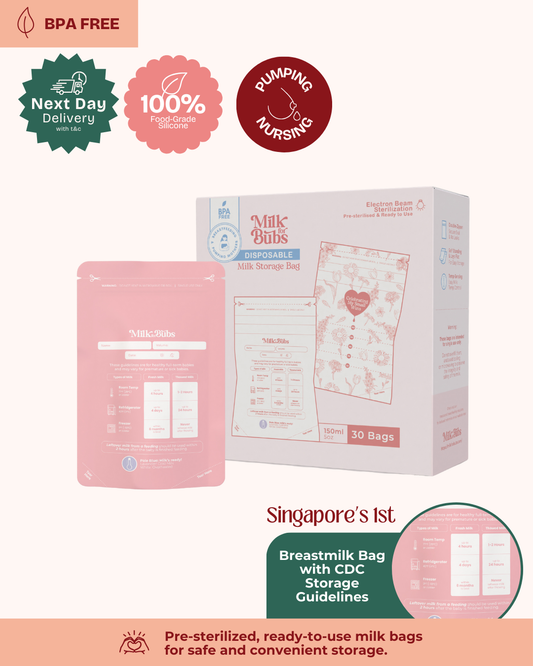
![[Bundle of 5] Disposable Milk Storage Bags with Storage Guidelines](http://milkforbubs.com/cdn/shop/files/MilkBagW.jpg?v=1738310104&width=533)
